Top Challenges for Delivery Fleets


Top Challenges for Delivery Fleets
The goods delivery industry has experienced a whirlwind of change over the past few years. As e-commerce booms and consumer expectations evolve, this sector has become indispensable to the global economy. However, several challenges are disrupting how the industry operates. Let's dive in.
Inflation and Cost of Goods
Inflation has always been an economic ghost haunting various sectors, and the goods delivery industry is no exception. Rising inflation rates have not only increased the operational costs for delivery companies, but have also affected the end price for consumers. Fuel, a significant expenditure for this industry, continues to rise with unpredictable timing, making budgeting a challenging task. Consequently, this directly translates to how much consumers pay for their deliveries, making fast and affordable deliveries harder to achieve
“We’ve noticed price increases for years, but Covid took everything to a new level,” says Dan McDonough Director of Operations, Auto Parts. “Fleet Shortages, parts, suppliers going out of business, plants shutting down, and we haven't fully recovered yet.”
These hardships set off a domino effect of price increases along the entire chain of every business involved in delivery.
Vehicle Availability: From Tight Grip to Loosening Clasp
Delivery companies were really thrown into the pandemic crunch as demand for last-mile delivery skyrocketed while new vehicles, necessary to fulfill the demand, became unavailable. Now, although it has taken some time, the market is seeing steady trends in recovery.
The Q2 2023 market analysis by Work Truck Solutions reveals that the average number of on-lot new-vehicle inventory per dealer experienced strong growth, up 24.8% Quarter-over-Quarter (QoQ) and 70.5% Year-over-Year (YoY).
The Sunset of Small Van Models
The increased need for last-mile delivery made small van models an attractive option for quick and efficient deliveries, especially in urban settings. This trend seems to have seen its heyday come and go, however, as several manufacturers have discontinued these compact models in favor of full-size vans that can carry more goods. While this might seem like an economically sound decision for OEMs, it poses significant challenges for deliveries in congested areas, where maneuvering large vehicles can be a nightmare.
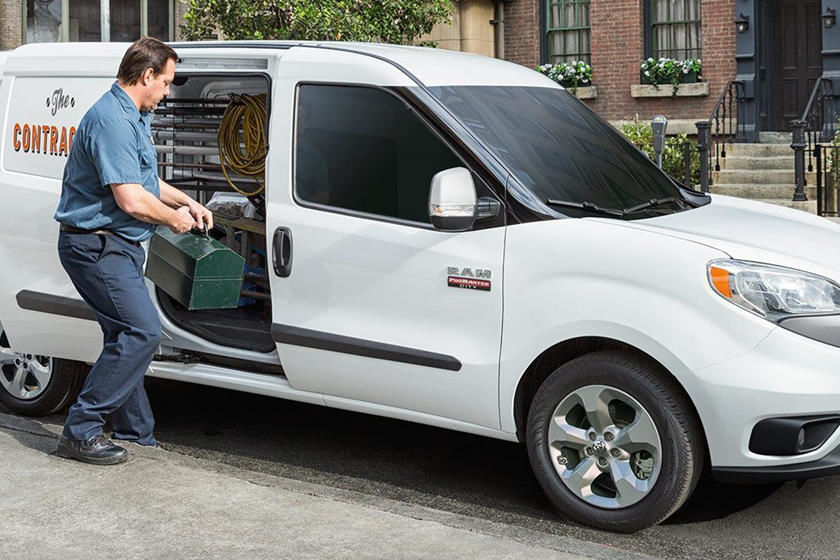
Facing Scarcity: Parts Shortage and Increased Downtime
The global supply chain disruptions have led to a significant parts shortage. For the goods delivery industry, this means increased downtime for their fleets. Vehicles are grounded for extended periods, awaiting parts for repair or general maintenance. This has a domino effect on delivery timelines, leading to disgruntled customers and potential revenue losses.
“When a manufacturer loses a tier-one supplier it has to scramble for a replacement,” explains McDonough. “But there are risks associated with trying to find a quick replacement, such as vetting the capabilities and QC of the new supplier. They could end up with an inferior part due to the panic. And that has been happening at every level of the supply chain in commercial vehicle manufacturing since 2020.”
The Technician Drought: A Growing Concern
Technicians play a crucial role in ensuring that the delivery fleet is up and running. However, the industry is currently experiencing a severe shortage of skilled technicians. As the older generation retires, there's a noticeable gap in skilled newcomers. This shortage can lead to longer downtimes and many companies are re-evaluating whether to outsource maintenance and repair or maintain their own shop.
“If you insource maintenance, maybe you’re paying your technicians $40-50 an hour,” says Tim Goff, Founder and CEO of mygroundforce. “But if you outsource, you can often pay up to $130 an hour. And parts are also typically marked up by a third-party provider.”
The ubiquitous nature of the skills gap only adds to the dilemma.
“You can find a lot of people that say they’re mechanics, but can you find ones that are actually certified and have all the necessary qualifications?” asks Goff. “These vehicles cannot be worked on without computers and the appropriate software. There’re no easy answers here.”
Navigating Regulatory Waters: Federal and State Pressures
Regulations ensure safety and standardization. But with looming federal and state regulatory pressures leaning towards zero-emissions vehicles, the goods delivery industry finds itself navigating murky waters. These regulations translate to increased costs, be it through vehicle modifications, stricter operational guidelines, or licensing requirements. Companies must be agile and informed to ensure they don't find themselves on the wrong side of the law.
Unfortunately, these regulations are still in their infancy and often don’t seem to make the same kind of sense for all applications, particularly mandates concerning the electrification of commercial fleets.
“If you’re a municipality that runs, say shuttle buses near a central location and they’re coming back to the yard every shift, maybe all-electric vehicles make sense,” Says McDonough. “But it’s not really financially feasible for most companies to make a profit using all-electric trucks.”
Rush Hour: Same-Day Deliveries and Shrinking Delivery Windows
Consumer behavior has seen a significant shift towards instant gratification. Same-day deliveries, once a luxury, have now become a norm. This demand puts immense pressure on delivery companies to not only ensure that they have the bandwidth to accommodate such requests, but also to do so without compromising on service quality.
Furthermore, as delivery windows shrink, the margin for error becomes minuscule, demanding impeccable logistics planning. This is where logistics software shines; having the ability to pack the goods and route the drivers in the most efficient way possible can spell the difference between success and bankruptcy.
In Conclusion
The goods delivery industry stands at a crossroads, with challenges coming from multiple fronts. However, history has shown that this sector is resilient and adaptable. With the right mix of technological innovations and strategic planning, there's hope that the industry will not only weather these challenges but emerge stronger and more efficient.
In an effort to address these issues, there is DeliveryCon, an innovative new trade-show event about solving fleet pain points around high-mileage, mission-critical commercial vehicle use, vehicle procurement, spec’ing, maintenance, parts sourcing/supply chain, safety, managing operational costs, and staff retention.
DeliveryCon is the 2023 delivery fleet event to help you discover new efficiencies, tools, and technologies to keep your fleets on the road. Register today!
Published on: September 19, 2023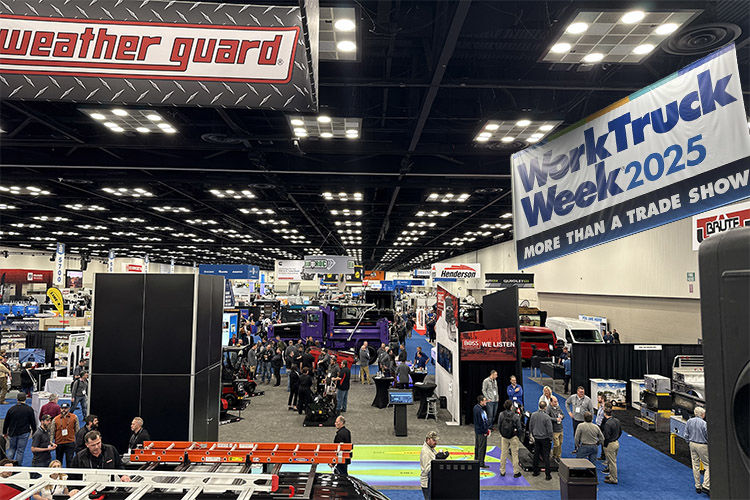 Work Truck Week 2025: Examining the Trajectory of Commercial Vehicle Innovation
Work Truck Week 2025: Examining the Trajectory of Commercial Vehicle Innovation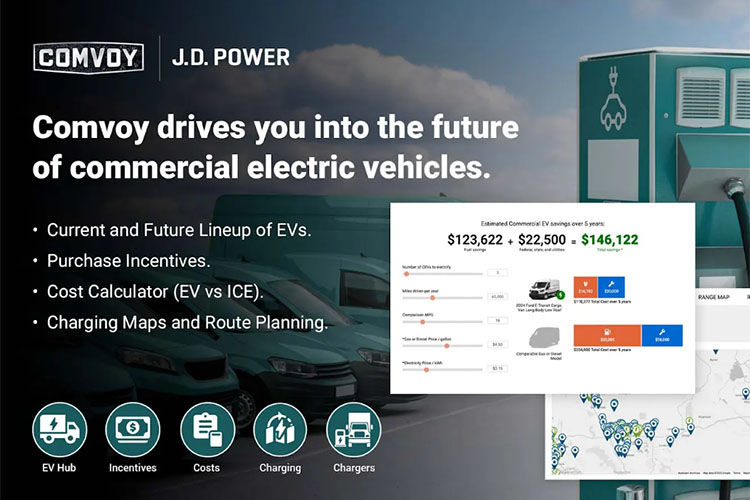 Work Truck Solutions and J.D. Power Launch Commercial EV Hub
Work Truck Solutions and J.D. Power Launch Commercial EV Hub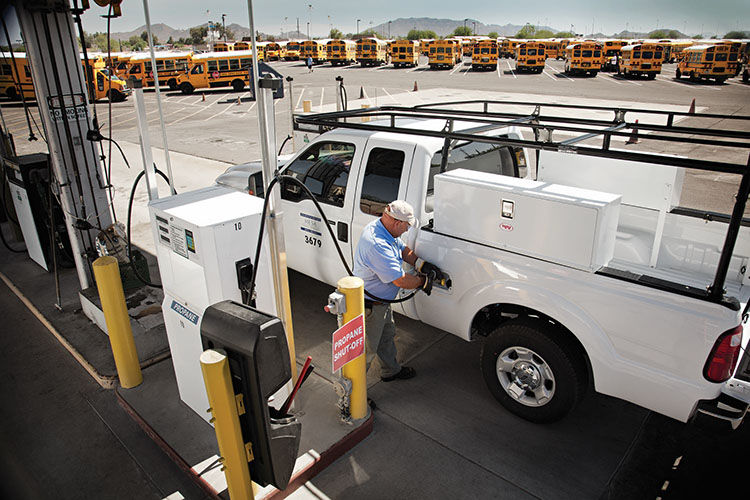 The Cost Benefits of Propane Autogas for Commercial Fleets
The Cost Benefits of Propane Autogas for Commercial Fleets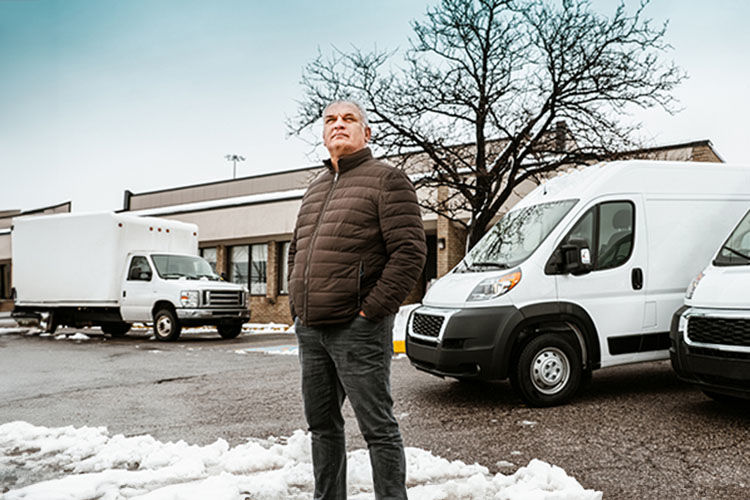 Winterizing Commercial Vehicles: Don't Get Caught Out in the Cold!
Winterizing Commercial Vehicles: Don't Get Caught Out in the Cold!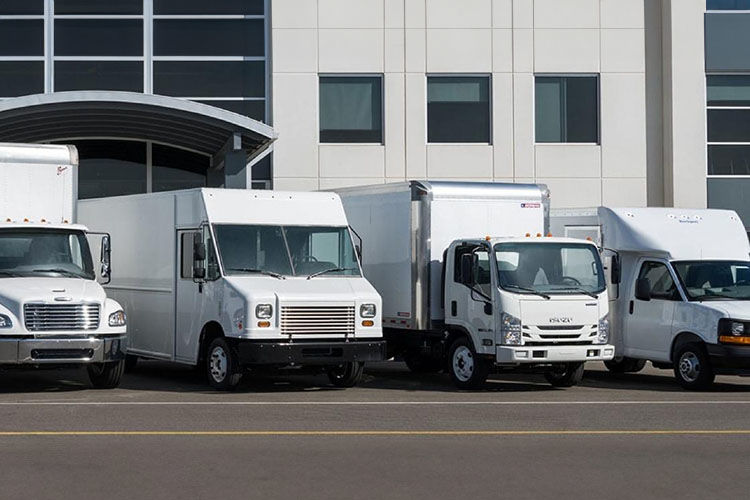 Navigating Your Options: Key Tips For Choosing The Right Commercial Vehicle
Navigating Your Options: Key Tips For Choosing The Right Commercial Vehicle






